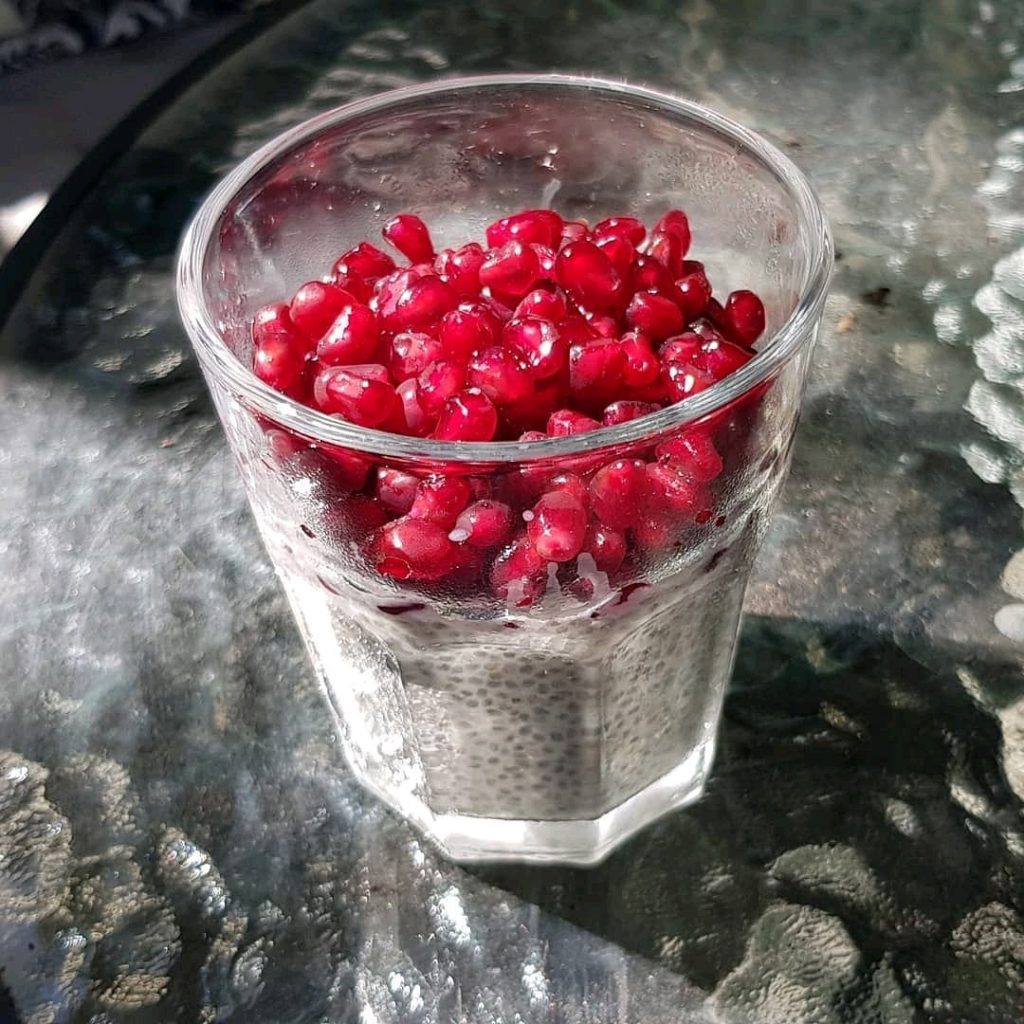Did you know that your mast cells are more active when you are dehydrated? Yes, getting enough water is one easy thing you can do every day to manage your histamine intolerance. When we talk about a low histamine diet, the focus is often on food. But water is actually the most essential nutrient.
Why is water so important?
Without water, your body wouldn’t be able to function. Water plays a role in nearly every function of the body, either directly or indirectly. It makes up about 60% of your body – men and infants have a little more, whereas women and people with a high body fat percentage have a little less. You will find water in your intracellular and extracellular fluids, plasma, organs, spine and digestive tract.
Water is needed for actions including:
- Maintaining body temperature
- Forming a barrier in the skin to protect against foreign bodies
- Digestion of food
- Increasing satiety levels
- Excreting waste through urine, sweat and faeces
- Brain function
- Supporting a healthy metabolic rate
Without enough water in the body, we become dehydrated. Even a little bit can make a big difference. Research has shown that 1-3% dehydration can impact processes such as brain function, memory, energy and mood. If you want to reduce fatigue, improve migraines, balance mood, and help symptoms of mast cell degranulation, you need to monitor your water intake.
How to boost your water intake
Now that you know how important hydration is for Mast cell stabilisation how can you get enough? Here are some simple tips to get more water into your day.
Make drinking more fun
Many people find plain water a bit boring. But if that’s the case, you can make it more interesting and still reap the benefits. As the weather warms up, you can add fresh or frozen fruit and herbs to your water. Berries if tolerated, apple slices, mint and rosemary are some refreshing options to start with. When the temperature drops, find some herbal teas you enjoy to replace plain water or make iced teas during summer.
If you’re out at a social event and want an alternative for soft drinks, grab some sparkling water or coconut water.

Eat your water
You don’t have to rely on your water bottle for all of your hydration needs. There are plenty of high-water foods around, so include them in your daily diet.
Stock up on low histamine options like:
- Melons
- Cucumber
- Celery
- Apples
- Pears
- Green leafy vegetable
- Broccoli
Create a habit
The easiest way to incorporate a new habit is to tie it to a current one. This goes for drinking water as well. You could try drinking a glass of water after brushing your teeth or when you go to make a cup of coffee. If you check your emails regularly, have a few mouthfuls every time your inbox loads up. Keep a water bottle on your desk. Sip regularly and carry to meetings instead of coffee.
Figure out what you do at least 4-5 times each day and make those the times that you drink a glass of water.
Remind yourself
Sometimes, we need someone to push us until we get into a habit. In that case, it’s time to set up some reminders. You can simply set alarms on your phone throughout the day. There are plenty of apps often free with your phone, to track water, from general diet trackers to specific water trackers.
If you aren’t into tech, you can get water bottles with measures on the side to remind you visually such as the Healthish bottle.
What type of water should I drink?
Many of us with histamine intolerance or Mast Cell Activation Disorders (MCAD) notice we are more reactive when drinking city tap water. Chlorine and fluoride are often added at the treatment plant and residual heavy metal deposits may be present from either public pipes or those in your home. I find drinking filtered water is much more nourishing for the body and I am much less reactive. There are many different options of water filters, either benchtop or whole-house models.

How much water should you drink?
Different people have different needs for water, depending on their body composition, exercise, medication use and other lifestyle factors. Even the weather can influence how much you should be drinking.
Government recommendations are around 2.1-2.6L of fluid per day. But if you’re not drinking water much, it’s best to start slowly and work your way up.
If you’re exercising, you’ll want to add 1-2 cups of water for every 30 min of exercise you do. If the temperature is over 30 degrees C, add an extra 2 cups per day.
If your urine is the colour of tea, you probably need more water. Dark urine is normal first thing in the morning after a night’s sleep, but during the day should be the colour of pale straw.
Drinking enough water is just one piece of the puzzle. If you’re feeling like histamine intolerance is running your life instead of you, book a session to get back in control.
Ultra-Low Histamine Meal Plan
Recipes just like this are in the Ultra-Low Histamine Meal Plan along with many more. Your low histamine elimination diet made easy, with 4-weekly meal plans, over 55 recipes, and prep guides and shopping lists for each week.
References
Metheny, N., & Metheny, N. M. (2011). Fluid and electrolyte balance. Jones & Bartlett Publishers.
https://www.ncbi.nlm.nih.gov/pubmed/22190027
https://www.ncbi.nlm.nih.gov/pubmed/21736786
https://www.ncbi.nlm.nih.gov/pmc/articles/PMC4207053/









 Roasted zucchini dip recipe – low histamine
Roasted zucchini dip recipe – low histamine